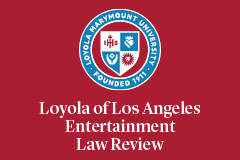Abstract
Baseball is America’s sport. It evokes a sense of tradition and a love for the home team. Like all professional sports teams, however, baseball teams are part of a league, which restricts team ownership through contractual “constitutional” provisions and agreements and limits the number of teams that exist. In this limited and restricted entertainment market, professional sports teams operate highly lucrative businesses that sometimes seek bankruptcy protection through Chapter 11 reorganization. Bankruptcy generally allows the debtor to alter existing contractual rights and restructure its operations to avert the financial crisis that precipitated the bankruptcy filing. However, professional sports leagues have pre-existing contractual rights and remedies in place for the benefit and protection of all of their member teams that may conflict with bankruptcy laws, and the leagues try to enforce those rights, even in the bankruptcy arena. The league’s existing contractual rights may conflict with bankruptcy laws that afford the debtor team to free itself from such obligations. This Comment discusses the extent to which professional sports teams can make material business decisions affecting their Chapter 11 re-organization without complying with the league’s constitution and associated agreements. These conflicts are at the forefront of all professional sports team bankruptcies. The Dodgers bankruptcy provides a classic example of the clash between a debtor team’s rights in bankruptcy and MLB’s existing “constitutional” rights.
Recommended Citation
John Dillon,
Major League Baseball Team Bankruptcies: Who Wins? Who Loses?,
32 Loy. L.A. Ent. L. Rev. 297
(2012).
Available at: https://digitalcommons.lmu.edu/elr/vol32/iss3/2


